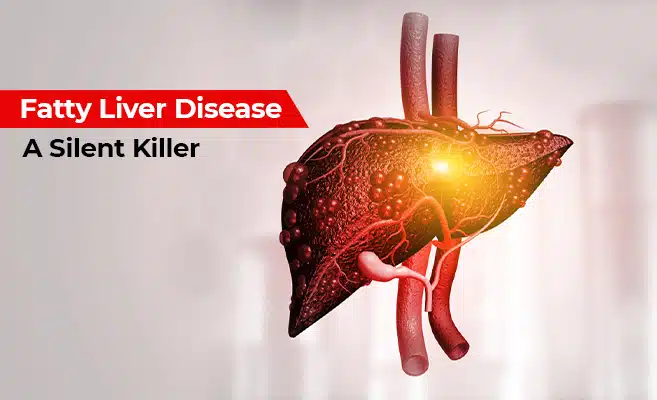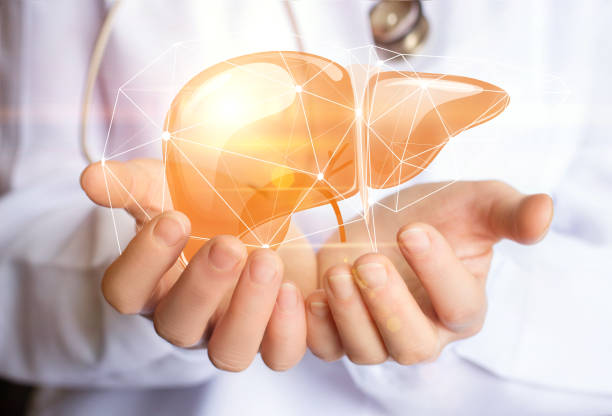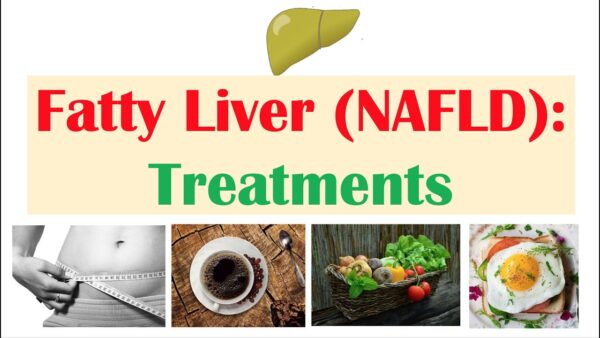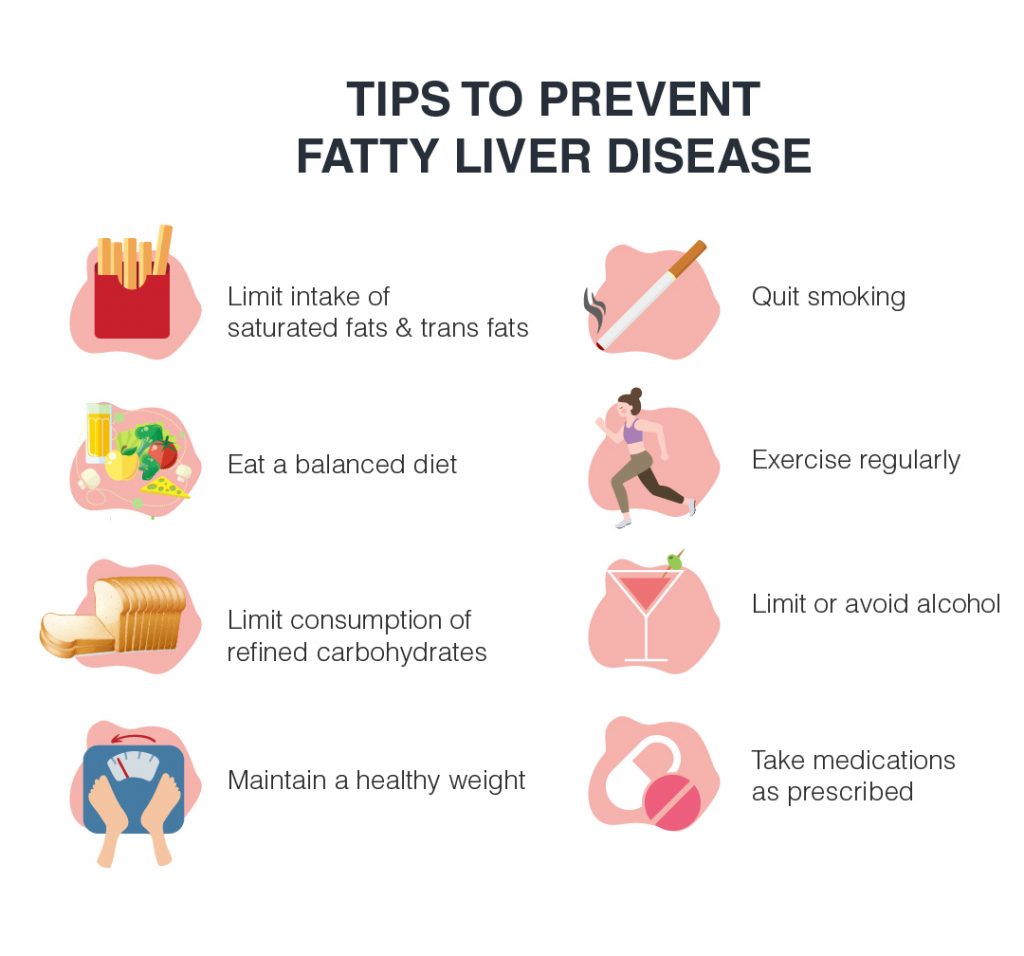Simple Habits To Adopt for a Healthier Liver
Are you taking care of your liver? The liver is one of the most vital organs in your body. It is responsible for processing nutrients and filtering out harmful toxins from the body. Unfortunately, the liver is also one of the most neglected organs. It can be easy to forget about your liver health when you’re busy with work, family, and other responsibilities. But neglecting your liver can lead to serious health problems, including liver disease and even liver failure. In this article, we will discuss five simple habits that you can adopt to improve your liver health. These habits are easy to incorporate into your daily routine and can have a significant impact on your overall health. Hydrate with Water Drinking enough water is one of the simplest and most effective things you can do to improve your liver health. Water helps to flush out toxins from the liver and kidneys, reducing the risk of liver damage and disease. Aim to drink at least eight glasses of water per day. You can also add lemon to your water for a boost of vitamin C and antioxidants. Limit Alcohol Consumption Alcohol can be harmful to the liver in large quantities. It is important to limit your alcohol consumption to protect your liver. For men, the recommended maximum amount of alcohol is two drinks per day, and for women, it is one drink per day. It is also important to note that binge drinking can cause liver damage even if you only do it occasionally. Eat a Healthy Diet Eating a healthy diet is important for overall health, but it is especially important for liver health. Avoid processed foods, sugary drinks, and foods high in saturated and trans fats. Instead, focus on eating a diet rich in fruits, vegetables, whole grains, lean proteins, and healthy fats like those found in nuts and fatty fish. These foods contain nutrients that can support liver function and help to reduce inflammation. Exercise Regularly Exercise is essential for maintaining good health, and it can also benefit liver health. Regular exercise can help to reduce inflammation and improve liver function. Aim to get at least 30 minutes of moderate-intensity exercise most days of the week. This can include activities like brisk walking, cycling, or swimming. Get Enough Sleep Getting enough sleep is important for overall health, but it can also benefit liver health. Chronic sleep deprivation can lead to inflammation and damage to the liver. Aim to get seven to eight hours of sleep each night. If you have trouble sleeping, try establishing a bedtime routine, avoiding caffeine and electronics before bed, and keeping your bedroom cool and dark.
Simple Habits To Adopt for a Healthier Liver Read More »











